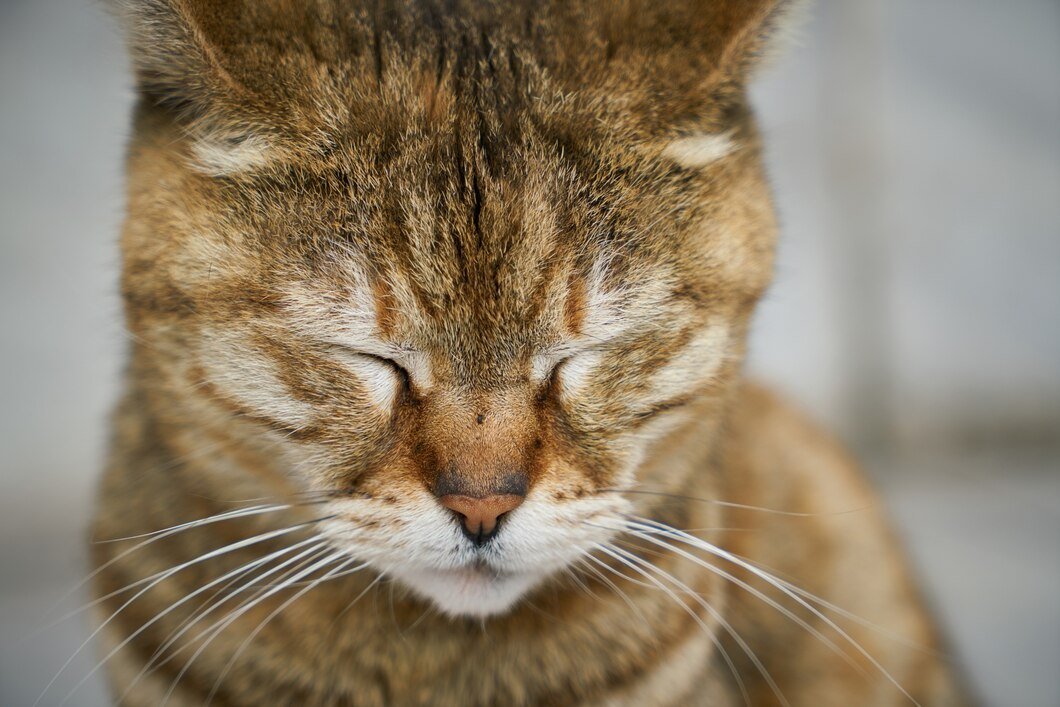If your cat's nose is dry, cracked, or peeling, it may be more than just the weather. Understanding what causes a dry cat nose and knowing when to be concerned can help you keep your feline friend healthy and comfortable.
A cat's nose is typically moist and cool to the touch, but various factors can cause it to become dry. While a temporarily dry nose isn't always cause for alarm, persistent dryness or accompanying symptoms may indicate an underlying health issue that requires attention.
Common Causes of Dry Cat Noses
Environmental Factors: Low humidity, heating systems, and air conditioning can all contribute to nasal dryness. During winter months or in dry climates, your cat's nose may naturally become drier.
Dehydration: One of the most common causes of a dry nose is insufficient water intake. Cats who eat primarily dry food or don't drink enough water throughout the day may show signs of dehydration, including a dry nose.
Age-Related Changes: Senior cats often experience decreased oil production in their skin, leading to drier noses and other skin changes.
Allergies: Environmental allergens like pollen, dust, or certain cleaning products can cause nasal irritation and dryness.
Hyperkeratosis: This condition causes excessive keratin production, leading to thick, crusty patches on the nose that can appear dry and cracked.
When to See a Veterinarian
While occasional nose dryness is normal, certain symptoms warrant professional attention:
- Persistent cracking or bleeding
- Changes in nose color
- Discharge or unusual odors
- Loss of appetite or lethargy
- Difficulty breathing
Natural Remedies and Prevention
For mild dryness, several natural approaches can help restore moisture and comfort to your cat's nose:
Increase Humidity: Use a humidifier in your home, especially during dry seasons. This helps maintain optimal moisture levels in the air.
Encourage Hydration: Provide fresh water daily and consider adding wet food to your cat's diet to increase overall fluid intake.
Gentle Moisturizing: Apply a pet-safe nose balm specifically formulated for feline skin. PawPurity's Nose Saver contains organic ingredients that are lick-safe and designed to repair and protect your cat's delicate nose tissue.
This premium balm works quickly to soothe cracked, dry noses while creating a protective barrier against environmental irritants. The natural formula is gentle enough for daily use and won't irritate if your cat licks their nose.
Monitor Environmental Conditions: Keep your home at a comfortable humidity level and avoid exposing your cat to harsh chemicals or strong fragrances that could irritate their sensitive nose.
The PawPurity Difference
When choosing a nose balm for your cat, quality matters. PawPurity's Nose Saver is formulated with organic, natural ingredients that are safe if ingested and effective at restoring nose health. The fast-acting formula provides relief within days while protecting against future dryness.
Remember, your cat's nose health is an important indicator of overall wellness. By staying attentive to changes and providing appropriate care with trusted products like Nose Saver, you can help ensure your feline companion stays comfortable and healthy.



